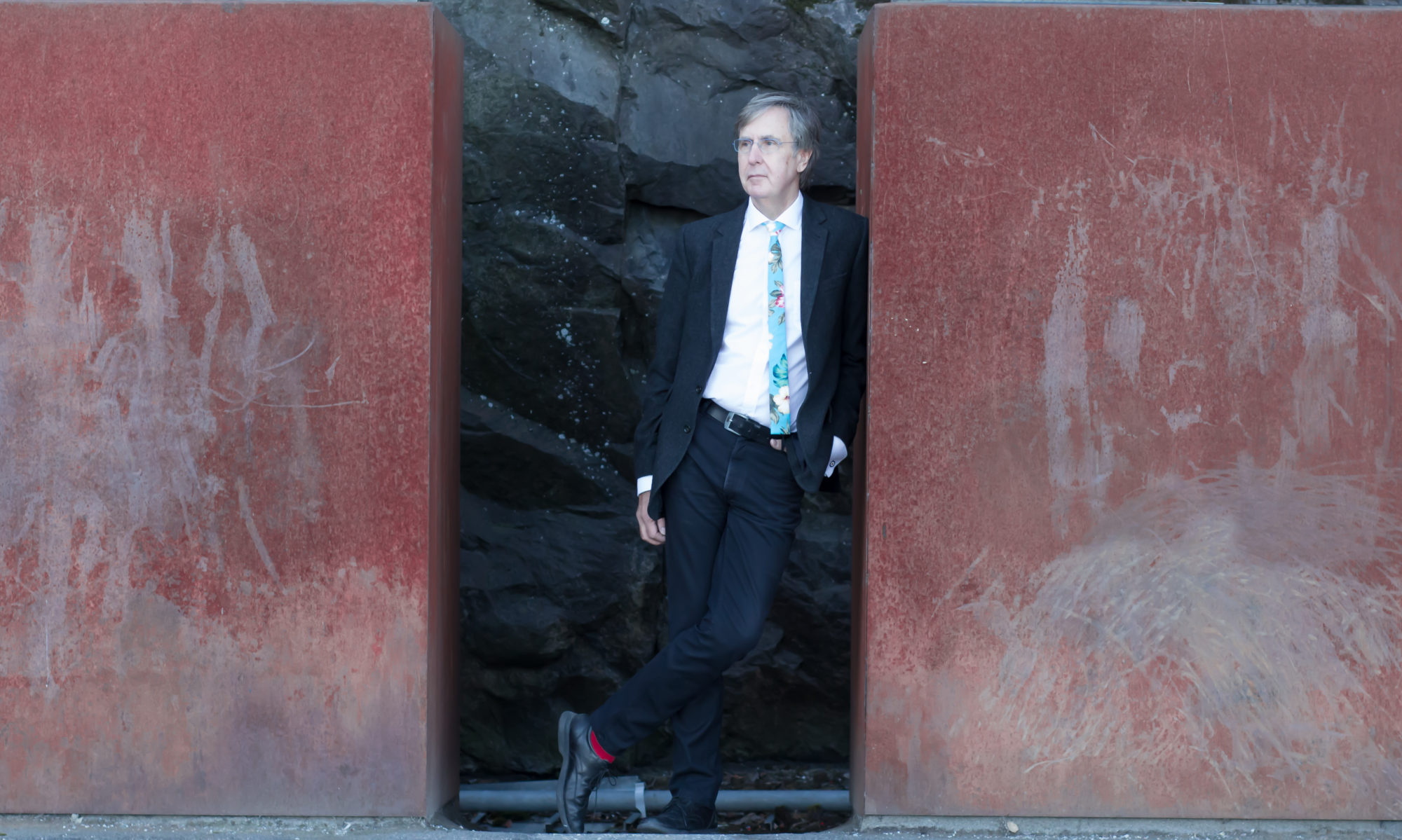The Strategy Paradox av Michael Raynor ärr en av de mest intressanta strategiböckerna det senaste årtiondet. Jag har arbetat med strategi och planeringsfrågor i chefspositioner i flera stora internationella företag och som konsult. Jag plöjer igenom mängder av böcker varje år. De flesta av dem besvikelser, med enstaka godbitar dolda i ett överflöd av ord, lika meningsfulla som hissmusik. Många innehåller berättelser om hur VD tidigt tog ställning till vad som visade sig vara en framgångsrik strategi. Sällan något ord om liken, efter misslyckade ställningstaganden, längs vägen.
I The rise and fall of strategic planning, demolerade Mintzberg så gott som tanken på strategisk planering genom att hävda att strategisk tanke, inte nödvändigtvis uppstår i en planeringsprocess. Han menar också att de flesta VD berättelser om hur de och företaget framgångsrikt nådde sina strategier är bristfälliga eftersom de är skrivna med efterklokhet och sällan beskriver hur den strategiska tanken uppstod och utvecklades. Raynors bok är ingen av de vanliga receptböckerna om att snabbt fixa strategier. För de som vill ha snabb tillfredsställelse om hur finna den stora strategin och att envist bita sig fast i den är detta inte detta bok.
Edison lär ha sagt De flesta människor missar möjligheter eftersom de är klädd i blåställ och ser ut som arbete. Tyvärr har han rätt. Raynors huvud-poäng handlar om att hantera osäkerhet och en mångfald av möjliga ageranden. Istället för att envist hålla fast vid en uppsättning strategier, vinna eller förlora, så föreslår han att man istället hanterar en portfölj av strategiska möjligheter.
Efter Shells framgångar med scenarioplanering på 70-talet har många försökt att efterhärma metoden.
Åtskilliga misslyckades eftersom de valde det scenario de mest gillade och brydde sig inte om resten. Raynor föreslår optionsteori som sättet att hantera det man gör efter att ha skapat scenarierna. Shell använde scenarios för att skapa en allmän medvetenhet i chefskåren om multipla framtida inriktningar. Raynor föreslår att man bygger strategier kring varje scenario och behandlar dem som optioner att läsa in allteftersom lämpliga framtider visar sig.
Jag tror att osäkerhet är ett fult ord i hjältedyrkande, machoartade chefskultur. Starka åtaganden och fokus på genomförande är vad som räknas. Raynor menar att osäkerhet på 5-20 års sikt är just vad koncernledningar skall arbeta med. Det är deras jobb att se till att företaget är livskraftigt i det tidsperspektivet. Att hantera osäkerhet på lång sikt krockar inte på något sätt med åtaganden och genomförande på tidshorisonter kortare än 3-5 år. Raynor menar att om varje nivå i organisationen gör sitt arbete så har divisioner och operativa enheter mer flexibilitet i att lyckas med sina åtaganden än om koncernkontoret detaljstyr hela tiden. Raynor försöker förändra ”osäkerhet” från något att otäckt och att undvika till något som koncernledningen faktiskt skall jobba med. Han ger ett ramverk för hur man kan positionera användbara metoder för att lyckas med detta. Boken är definitivt en av de bästa jag läst på länge.
Mitt betyg:![]()
’

